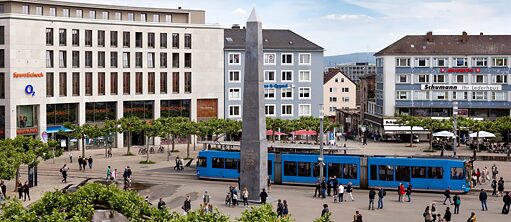Marking Absences – Shifting Narratives
Urban landscapes are augmented layers of hegemonic power that materializes in buildings, street maps, and monuments in the public space. After the killing of George Floyd in 2020, the removal of white supremacist statues and symbols from cities across the world has become one of the central demands of protesters. While removing monuments to past figures and events can be a daunting process, to imagine and facilitate the installation of new monuments seems just as relevant. What challenges do artists, city planners, and local communities face in the creation of public art for the 21st century? Who decides what is commemorated or celebrated in the public space? How are these decisions made?
Join artists, architects, city officials, scholars, and activists to exchange ideas and contemporary practices for creating new contemporary monuments for our age.
Marking Absences – Shifting Narratives, organized by curator Niama Safia Sandy, will take place in multiple formats including a digital conversation series, an interactive installation, and more.
Leading up to the events: A People’s Manifesto
The Goethe-Institut and 1014 ask New Yorkers how they believe monuments and public art should function. In October, your answers will be displayed on the Goethe-Institut’s storefront at 30 Irving Place in Manhattan. Visit bit.ly/publicartmanifesto to contribute.
Marking Absences – Shifting Narratives is presented by the Goethe-Institut New York and 1014 as part of Shaping the Past, a project of the Goethe-Institut, Monument Lab, and the Federal Agency for Civic Education. Shaping the Past connects memory workers across Canada, Mexico, the US, and Germany who have piloted new approaches to shape the past in their own local contexts.
-
09/01
- 10/31/2020 -
10/19
-
10/19
-
10/20
-
10/20
